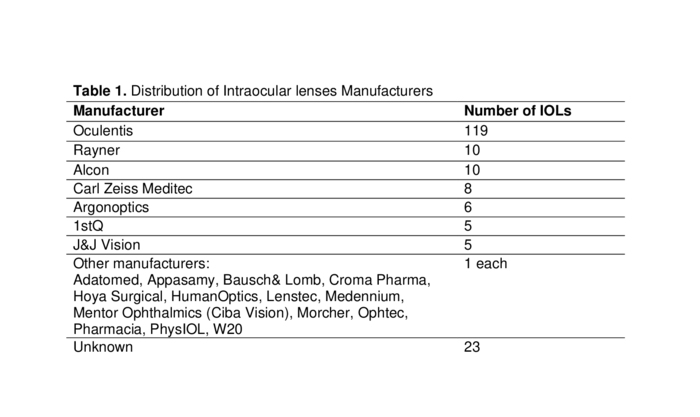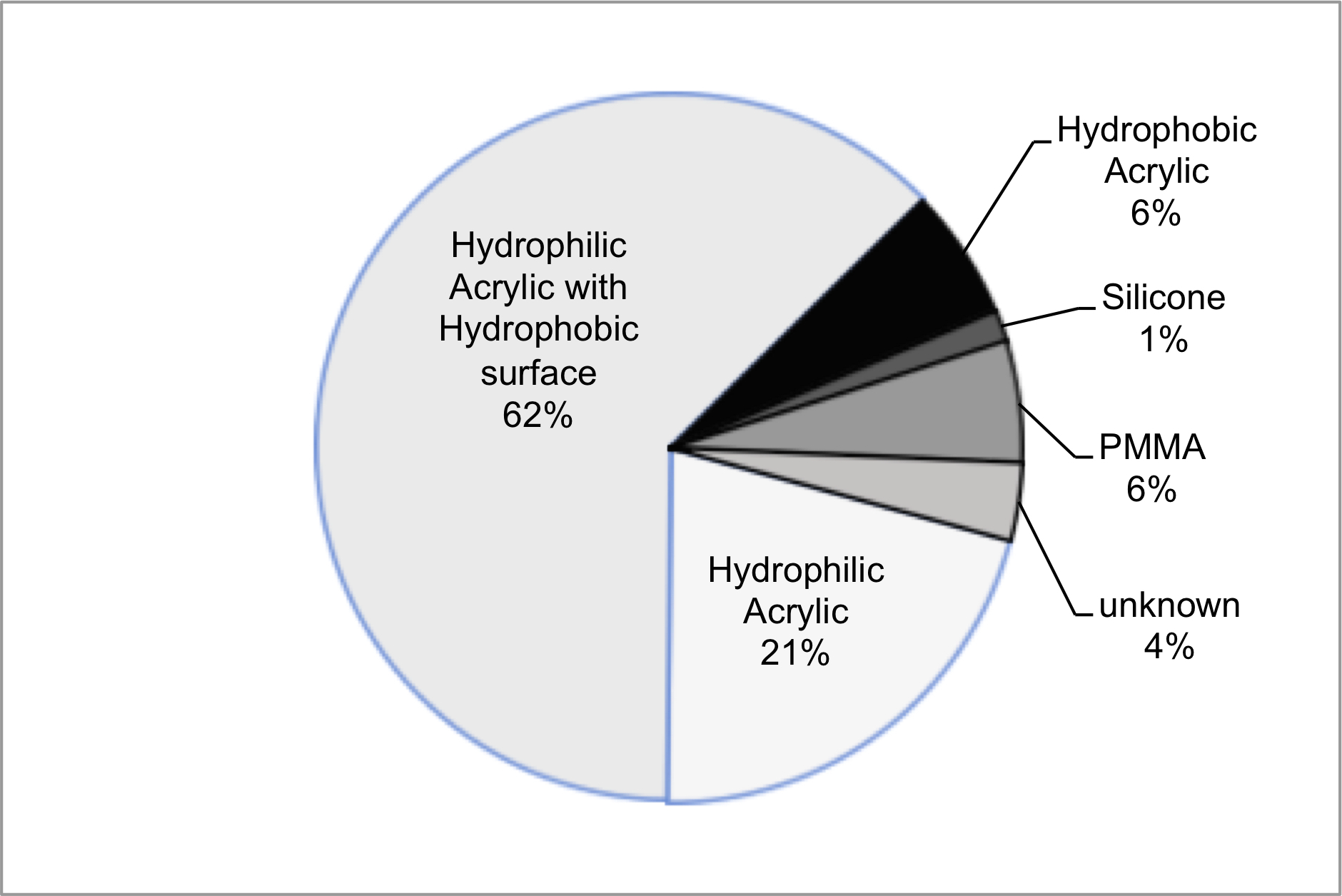Demographics and reasons for explanting IOLs
 Contributed by Dr Tabitha Neuhann
Contributed by Dr Tabitha Neuhann
Heidelberg 18 January 2020. In the latest edition of the Journal for Cataract and Refractive Surgery, the research team at the Apple Lab report on the demographic analysis, reasons for explantation, and material changes in explanted intraocular lenses (IOLs).
Reasons for explantation, demographics, and material analysis of 200 intraocular lens explants Neuhann, Tabitha MD; Yildirim, Timur M. MD; Son, Hyeck-Soo MD; Merz, Patrick R. PhD; Khoramnia, Ramin MD, PhD; Auffarth, Gerd U. MD, PhD Journal of Cataract and Refractive Surgery: January 2020 - Volume 46 - Issue 1 - p 20–26 doi: 10.1016/j.jcrs.2019.08.045
Download PDF:Reasons_for_explantation__demographics__and.epub
What we studied
This was a retrospective study and laboratory investigation where we looked at all the IOL explants that were sent consecutively to the laboratory in a 12-month period (March 2016 to February 2017). We assessed the demographics (patient sex and age), duration of the implant in the eye, IOL type, model, power, and the reason for explanting it. Where the lens was opacified we used histological staining, scanning electron microscopy, and energy-dispersive X-ray spectroscopy to study the cause of opacification.
Our results
The analysis included 200 IOLs that were explanted in the median after 5.8 years. The median time the IOL was in the eye was 5.8 years. IOL opacification was the main cause for explantation in 153 (76.5%) cases. Only 27 (13.5%) were explanted due to dislocation. Evaluation of IOL type showed that 167 (83.5%) were made from hydrophilic acrylic material, with 125 (62%) from hydrophilic acrylic material with a hydrophobic surface coating. Analysis of opacities revealed superficial and subsurface deposits of Calcium phosphate in most of the opacified lenses (152/153). In total, 22 different IOL manufacturers were represented, with 119 (59.5%) of the lenses coming from one single manufacturer.
Conclusion
In this cross-sectional study, late IOL calcification was the main reason for IOL explantation. The second most common reason was IOL dislocation. Most explants were lenses from a single manufacturer exchanged due to primary IOL calcification.
Table 1
What was known before
- Complications and reasons for IOL explantation have changed depending on the IOL design, material, power calculation, and surgical techniques used at a certain period and in a region of the world.
- IOL opacification used to be a rare reason for IOL explantation.
What this paper adds
- In Europe, the main reason for IOL exchange has shifted toward IOL calcification.
- A large number of recent hydrophilic IOL models, including modern refractive bifocal IOLs, required explantation due to primary IOL calcification.
 Tabitha Neuhann
Tabitha Neuhann 
 Welcome 2020: New website
Welcome 2020: New website